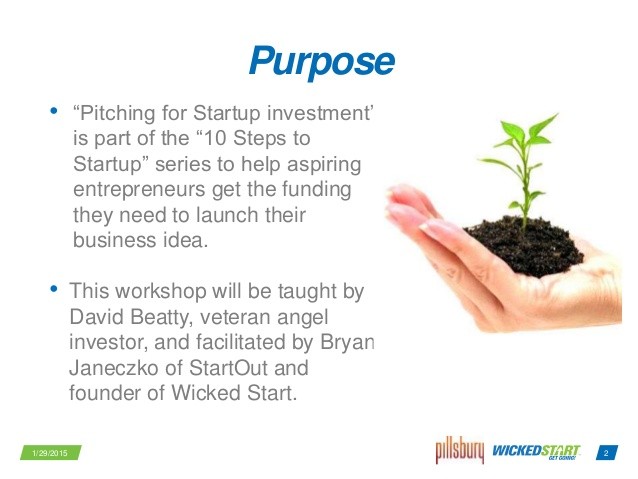Investing with a Purpose_1
Post on: 16 Март, 2015 No Comment

Impact investing can meet the needs of society’s most disadvantaged, whether they are cocoa farmers in Sierra Leone or the hard-to-employ in New York.
As Sierra Leone struggles to rebuild after one of West Africas most devastating civil wars, Balmed, an organic, fair trade cocoa enterprise is helping thousands of the countrys displaced farmers and former child soldiers reclaim their lives. A world away, New Yorks Center for Employment Opportunities similarly seeks to redirect lives by providing comprehensive employment services to men and women with recent criminal convictions.
It is hard to believe these two approaches to social challenges have much in common. One is for-profit; the other is a not-for-profit. One operates at the frontier of economic development in a post-conflict country; the other operates in a thriving metropolis. Yet these two organizations share a problem not uncommon among social enterprises: a lack of access to the capital required to grow operations, invest in productive infrastructure, or merely pay bills on time. So where can these organizations turn to raise new capital?
One answer is impact investments. They are the uncharted space between philanthropy and profit maximization that hold enormous potential to address the worlds social and environmental challenges, while providing investors with financial returns and accomplishing far more than straight charity.
The phrase impact investing was coined just four years ago, but impact investment products have been quietly proliferating in the financial and philanthropic communities for over a decade, ranging from social funds modeled on venture capital and private equity to old-fashioned loan guarantees and new twists on performance-based contracting. Together, these tools offer promise for delivering both financial returns and social impact, especially when used to leverage philanthropic dollars.
To be sure, the impact investment community has come under criticism of late, with some questioning its ability both to create profit and measure social impact. We acknowledge the challenges faced by this nascent market, but believe that those of us in the impact investing field must be transparent and candid about both the potential and the limitations of our models. And we realize that we must accelerate our efforts to share results from our work. At the same time, we believe that recent criticisms of impact investing have overlooked the emerging diversity of players and investment vehicles designed to address a range of social challenges.
Root Capitals business model, for example, leverages both philanthropic and investment dollars to address a critical market failure: lack of access to affordable credit for small-scale farmers organized into agricultural businesses, like Balmed, in rural areas of the developing world.
Root Capitals investments in agricultural enterprises are pure debt, and it is not alone in that approach. The European lenders Rabobank Rural Fund, Shared Interest, and Triodos Sustainable Trade Fund follow a similar model. Over the past decade, Root Capital has loaned more than $400 million to 400 small and growing agricultural businesses in Africa and Latin America that are helping to lift 2.5 million people out of rural poverty. Founded in 1999, Root Capital has a 100 percent repayment rate to investors and a repayment rate from borrowers of 98 percent.

Launched last year, Social Finance seeks to launch an admittedly less-tested financial instrument to help governments fund proven, cost-saving preventative interventions, which are often stifled by the current environment of fiscal constraint. Dubbed the Social Impact Bond, the instrument is not a traditional bond. It raises private investment capital to fund prevention programs aimed at achieving improved social outcomes that generate government savings. The government uses a share of the savings accrued from the intervention, such as avoided criminal justice expenditures generated by reduced recidivism, to repay investors their principal with modest interest. One such model exists today in the UK, and several US federal agencies and state and local governments have expressed interest in adopting this model, with formal procurement processes underway in Massachusetts and New York State.
What binds Root Capital and Social Finance is a shared drive to continually create new products that will build a market and provide more entry points for private capital to bring about social and environmental change. We believe investors crave these new opportunities. Morgan Stanleys recent launch of its Investing with Impact Platform is proof positive. With a reach of four million clients possessing more than $1.7 trillion in assets, the giant wealth managers entry into the field sends a strong market signal that investors are seeking ways to channel their capital toward its greatest impactboth social and financial.
For investors wanting to dip a toe in the impact investing waters, the opportunities are out therethey just may not look or feel like a typical deal. But with due diligence and creativityand a willingness to examine opportunities through the perspective of governments, NGOs, and other unlikely partnersdeals can be found that provide financial return while helping meet the needs of societys most disadvantaged, whether they are cocoa farmers in Sierra Leone or ex-offenders in New York.
Willy Foote is the founder and CEO of Root Capital.
Tracy Palandjian is co-founder and CEO of Social Finance, Inc.














